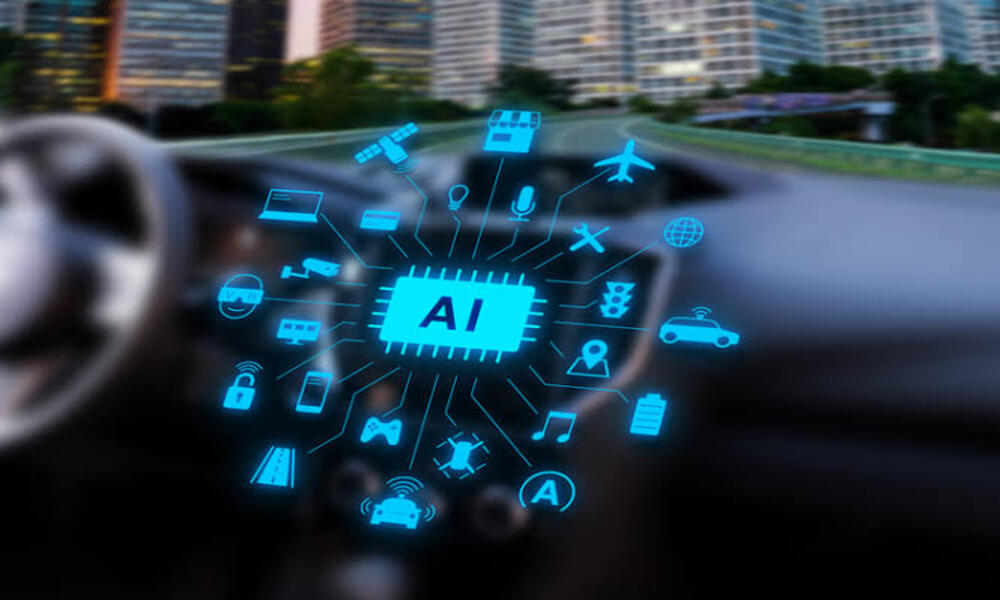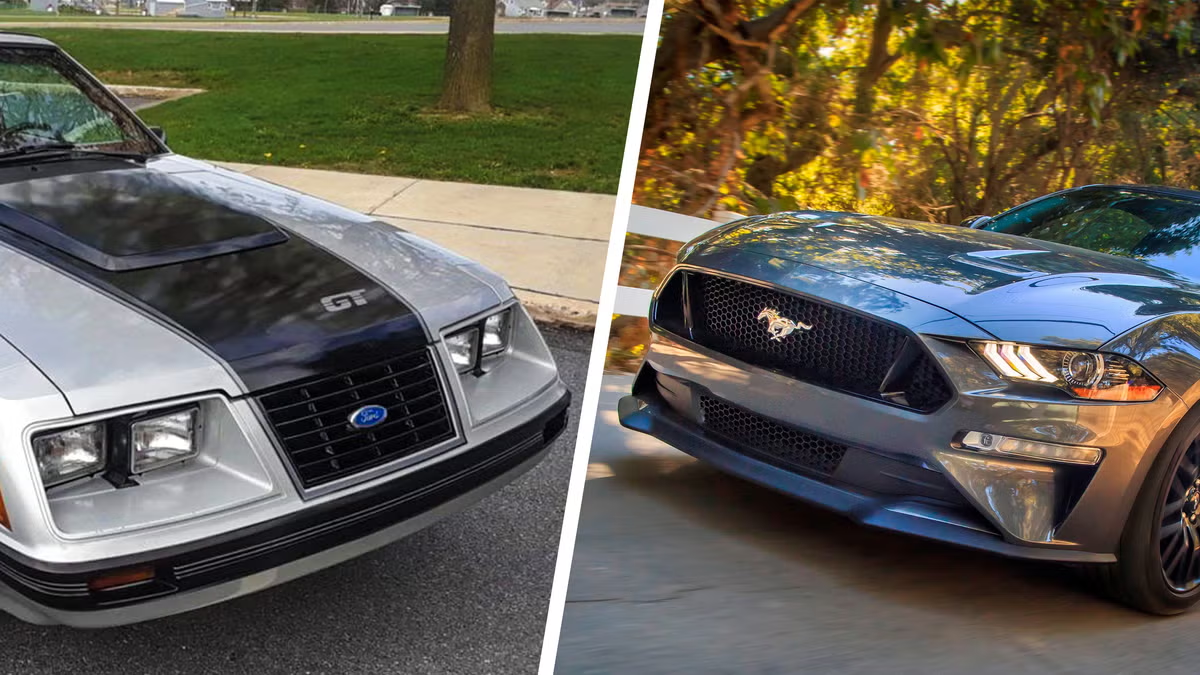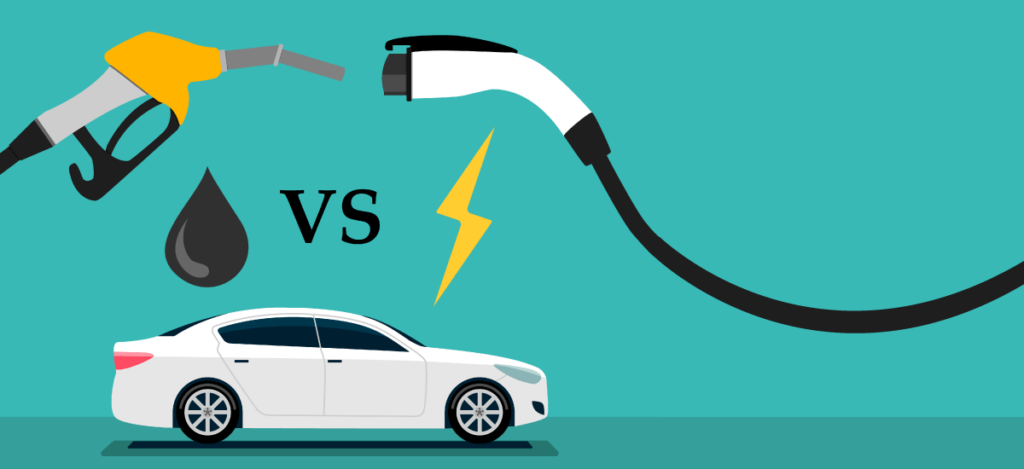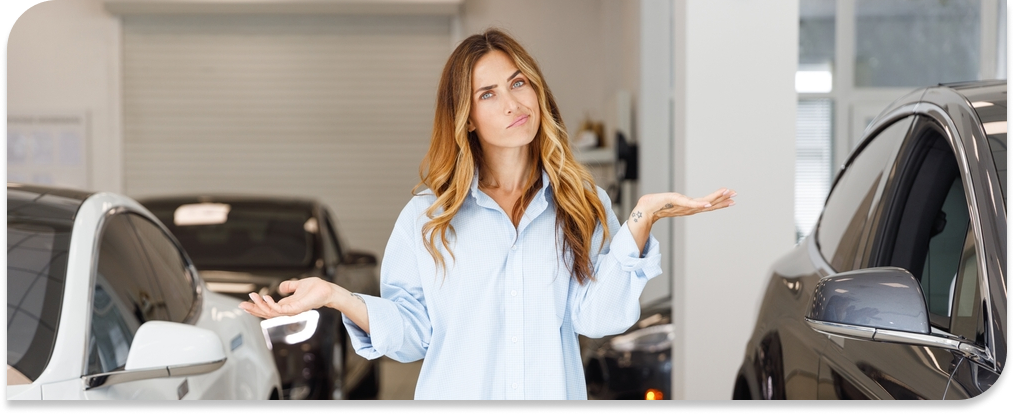Introduction
Technology is steering the entire automobile industry towards new horizons of transition. Things are changing, and innovations are warping the way vehicles are dreamed up, built, and consumed. The synergy between modern technological advancements and industrial shifts that have long existed in transportation has made the industry an even more transformative space. This article takes a deeper dive into five critical technologies that are shaping the future of transportation.
Vehicle agreement between electric cars and sustainability.
Electric vehicles (EVs) are one of the pillars of the automotive revolution. Consumers and the environment are looking towards sustainable transportation as a rising trend. EVs also have the textbook feature of zero emissions, which makes them critical in terms of lowering the overall carbon footprint. Years of battery research have finally delivered vehicles with much better range and lower charging times, which nowadays allow EVs to fit into the lives of millions in a way we had even contemplated back then. World governments are offering great incentives to drive EV adoption through policies and infrastructure development, which in turn is aiding the transition to electric mobility globally.
Mobility of the Future: Autonomous Driving
One of the most fascinating innovations has been in the field of self-driving tech. Sensors, cameras, and AI drive self-driving cars with little to no human presence. Even though driverless cars are not yet available for general sale, many modern vehicles come with some form of ADAS. Systems like adaptive cruise control and lane-keeping assistance help prevent human mistakes, too. However, the applications of automated vehicles are not limited to personal transportation and could provide feasible remedies for issues associated with public transit or logistics.
Internet of Things and Connectivity
Today’s cars aren’t just vehicles that get from A to B, they are now connected devices on wheels. Connectivity is a big part of the modern car landscape. With the Internet of Things (IoT), vehicles can communicate with other vehicles and infrastructure to share information about where traffic jams are or if conditions on the road are dangerous. In-car Wi-Fi, improved navigation and remote diagnostics make the driving background more convenient and productive. In addition, vehicles never age and are always kept up to date through over-the-air updates which improve the performance and user experience.
Advanced Safety Features: Prioritizing Protection
Cars must continue to be safe above all else in the automotive industry, although there are many technological solutions that can provide added safety. Today’s cars come with a range of safety features, including automatic emergency braking, blind spot monitors and collision avoidance systems. Tools such as sensors and cameras are put in place to help gather data from the areas around the vehicle for the purpose of aiding drivers in preventing any kind of accidents wherever possible. The middle man of passenger feedback and guidance supports road safety greatly.
Artificial Intelligence and Machine Learning
The cutting edge is being transformed by artificial intelligence (AI) and the potential of machine learning in revolutionizing vehicle performance and personalization. The powerful results from AI algorithms processing mountains of data to improve fuel efficiency, anticipate maintenance requirements and enhance the driving experience. So, for example, the AI learns how an individual driver likes to have the seat set, what climate control settings they prefer and which infotainment setting are favorites. With such level of personalization, the car does feel even better to drive.
Innovations in Manufacturing
Just as the vehicles are being revolutionized, so too are their production concepts by techorno0gy. Production has been optimized through automation and robotics, making manufacturing faster and more cost effective. 3D printing and the use of advanced materials in vehicle manufacturing allows for rapid prototyping, as well as new customization options: manufacturers are able to respond quickly to consumer preference. These developments help in the creation of greener production or manufacturing practices by reducing wastage and energy consumption.
Shared Mobility and Ride-Sharing
Transportation is being disrupted by technology with the way people utilize it. Flex transportation solutions* w/o personal vehicle ownership,* especially in cities, using shared mobility services like ride-sharing apps Creating less congestion and more optimal use of resources shared mobility enhance sustainability in urban transportation. Not only that, these platforms are now shifting the old-school car ownership to a more convenient option for today’s commuters.
The Impact of Big Data
The role big data plays in how things operate is surely greater than ever, and the automotive industry is not immune. The insights generated from data collected by connected vehicles, such as driving patterns, vehicle performance and consumer preferences, are also very valuable. This information is used by manufacturers to improve the products themselves, enhance customer experience, and develop more targeted marketing efforts. Advances in big data are also being used to help support the construction of smart cities, which allows for things like better managing traffic flow and planning infrastructure more efficiently.
Conclusion
Just as technology is shaking up auto insurance, it is having an epochal effect on the automobile industry and helping reshape transportation. Technologies such as electric vehicles, autonomous driving, connectivity and AI pave the road to re-create how we think about vehicle design, manufacturing and use. With the industry more in line with technology, there is so much room for innovation and change. The adoption of sustainability, safety, and efficiency is enabling the automotive industry to address changing consumer preferences while also contributing to a connected and sustainable future.




